Natalia Gurova, Wolfgang Saker and Carlos Charlie Perez on view as sneak peak and Artist you have to follow on Instagram
Instagram Artist to watch on Munchies Art Club are Natalia Gurova in sculpture and installation art , Wolfgang Saker in video and Painting and Carlos Charlie Perez in assemblage , sculpture an installation works .
Wolfgang Saker - A Promising Artist You Must Know in the Dynamic Digital Art Landscape
Top Creative Artists to Follow on Instagram:
Get ready for our new weekly episode, airing Sunday evenings at 6:00 PM CET on Instagram!
In "Expand Your Bubble - New Faces in Contemporary Art You Have to Follow on Instagram," we showcase fresh discoveries from our Instagram explorations and followers who have caught our eye.
Don´t miss an episode and be the first in your inbox to read our new discoveries:
Join us as we highlight exciting contemporary artists you won't want to miss.
Tune in and expand your artistic horizons with us!
1 . Natalia Gurova: Sculpting the Ephemeral
Natalia Gurova, a Vienna-based sculptor and installation artist, is gaining recognition for her innovative explorations of materiality and space.
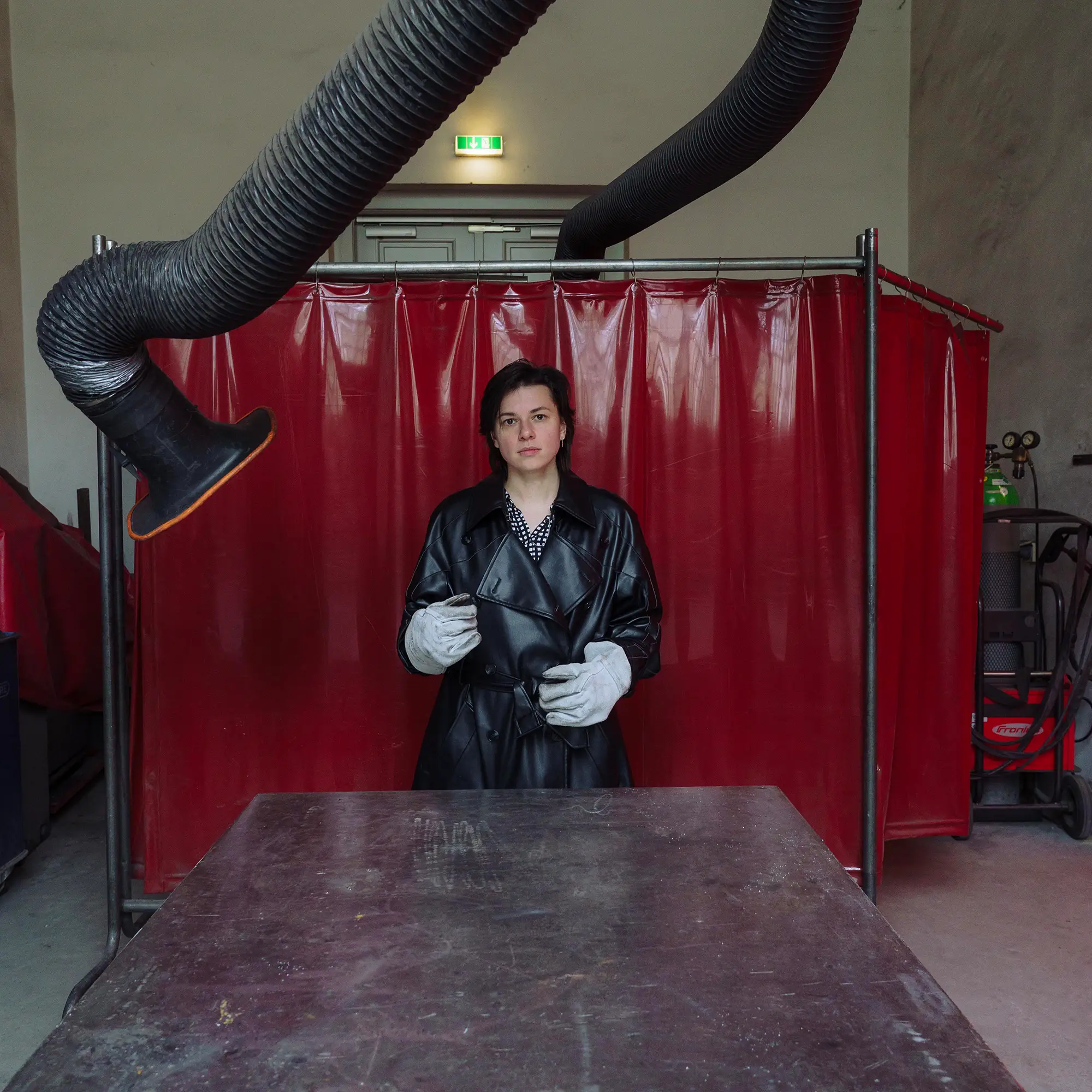
Originally from Belarus with a background in journalism, Gurova’s work blends narrative depth with cultural commentary.
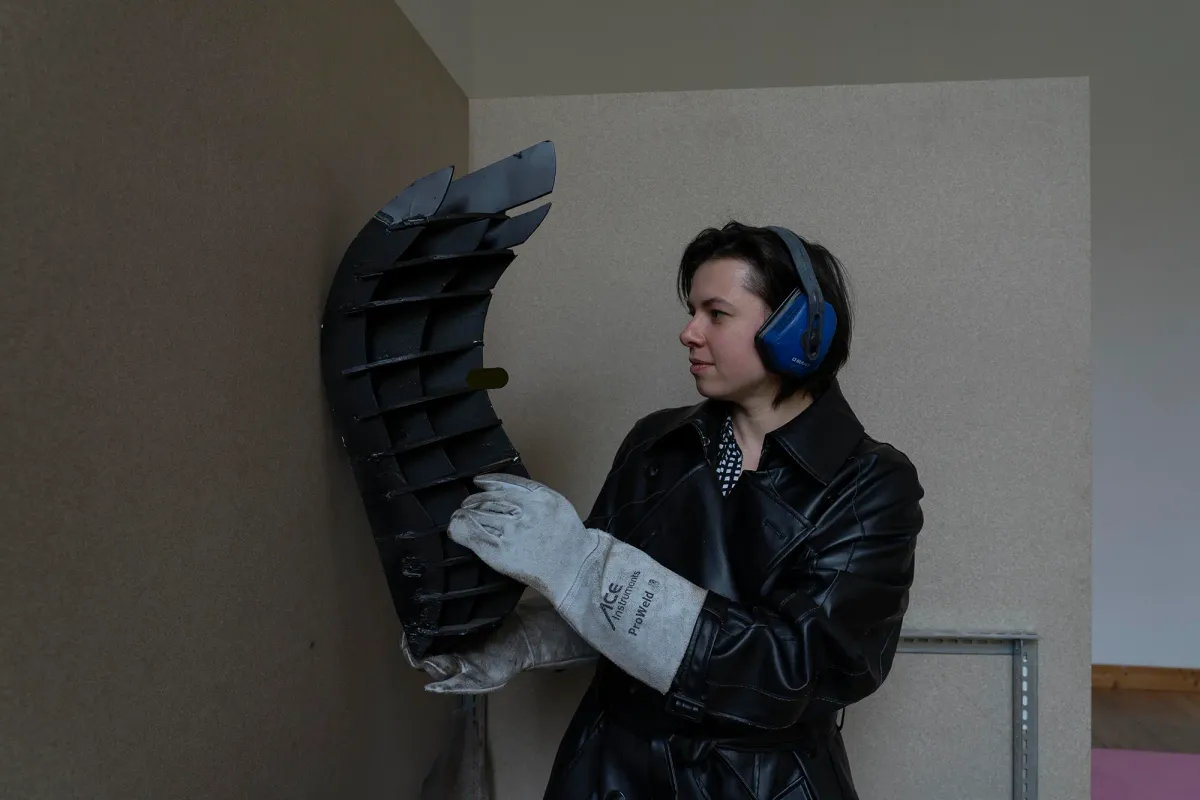
Dive deeper into Natalia Gurova Work on Munchies Art Club for promising Artists you have to follow on Instagram
Her multidisciplinary approach spans sculpture, printmaking, drawing, and site-specific installations, creating pieces that challenge perceptions and invite immersive engagement.
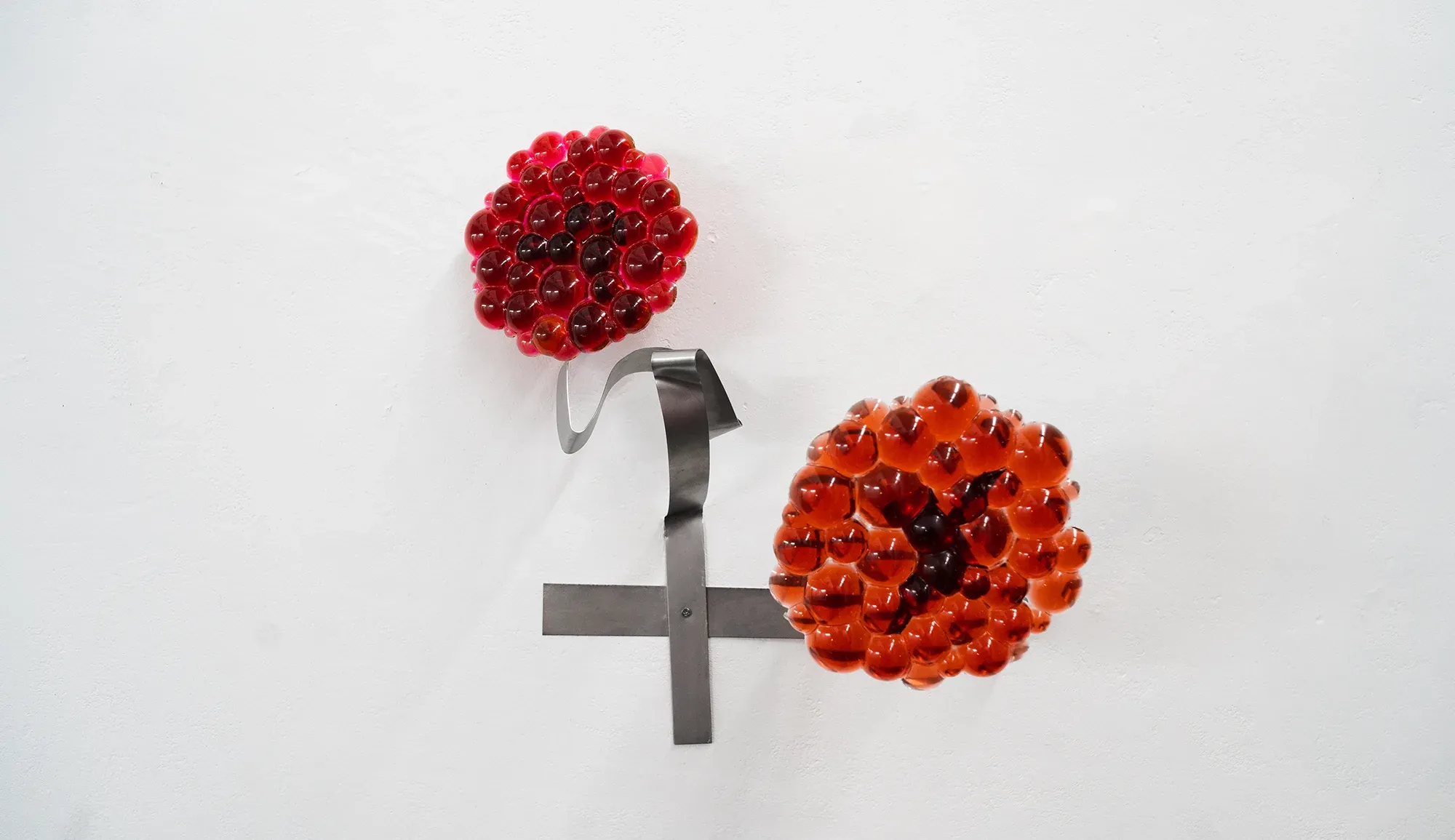
Gurova’s art delves into the ephemeral nature of existence, questioning the origins and symbolic essence of her materials. Pieces like "Gjjjjhghjdjjghhhoooo" exemplify her ability to transform spaces with dynamic, narrative-rich sculptures.
Engaging with themes of transformation, Natalia Gurova Instagram offers a captivating glimpse into her creative process.
2 . Carlos Charlie Perez: Dive into Multi-Framed Narratives
The latest blog post on Munchies Art Club delves into the captivating world of Carlos Charlie Pérez, a contemporary artist renowned for his innovative painting and sculpture.
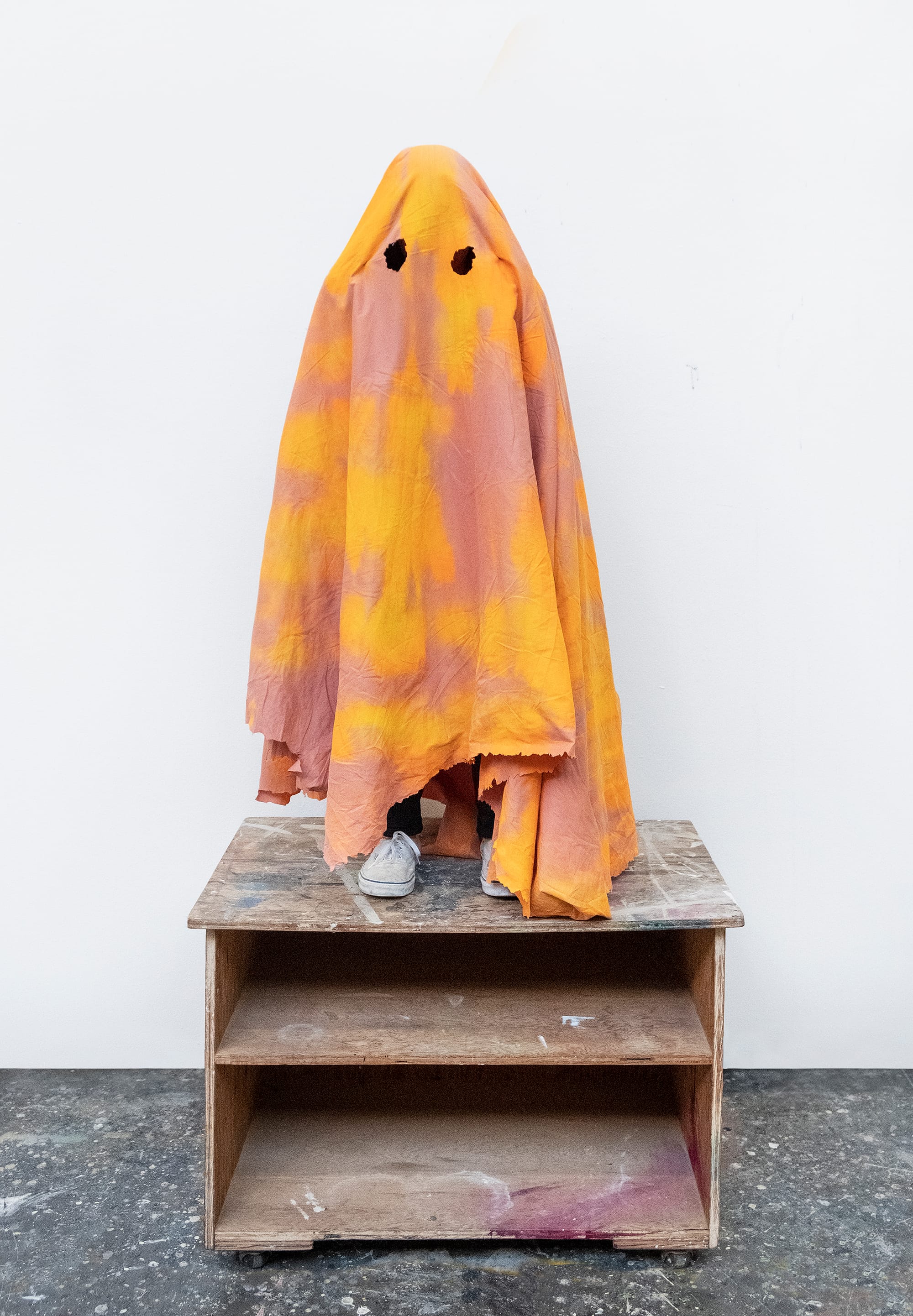
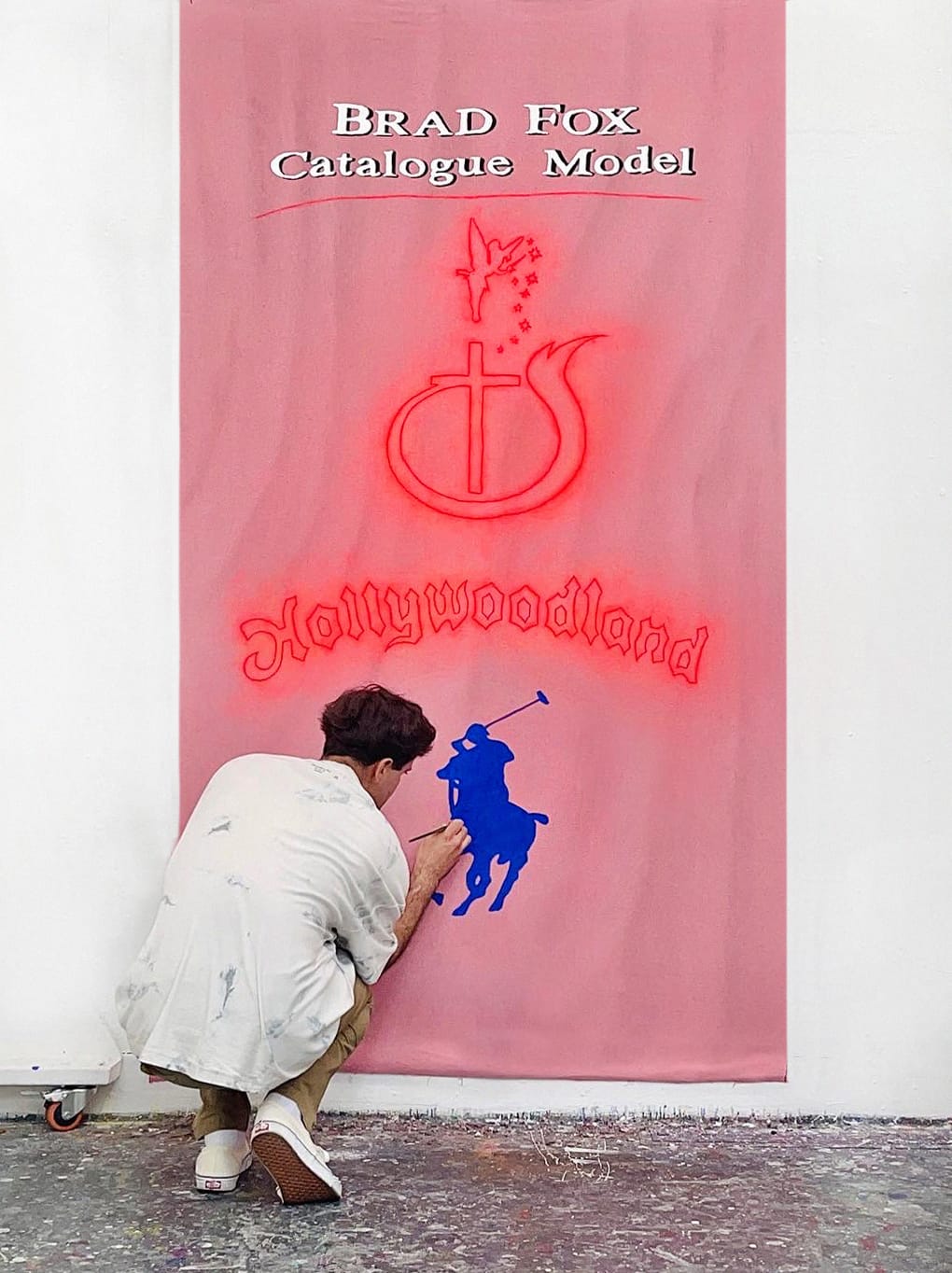
Carlos Charlie Perez: Carlos Charlie Perez: Image left: Ghost(mikel) and on the right Carlos Charlie Perez at ACA Residency - Carlos Charlie Perez working on "Brad Fox Catalogue Model"
Pérez's work is characterized by its rich visual narratives and a unique blend of figurative and abstract elements.
The article explores how his art reflects his personal experiences and broader cultural themes, creating a dynamic interplay between reality and imagination.
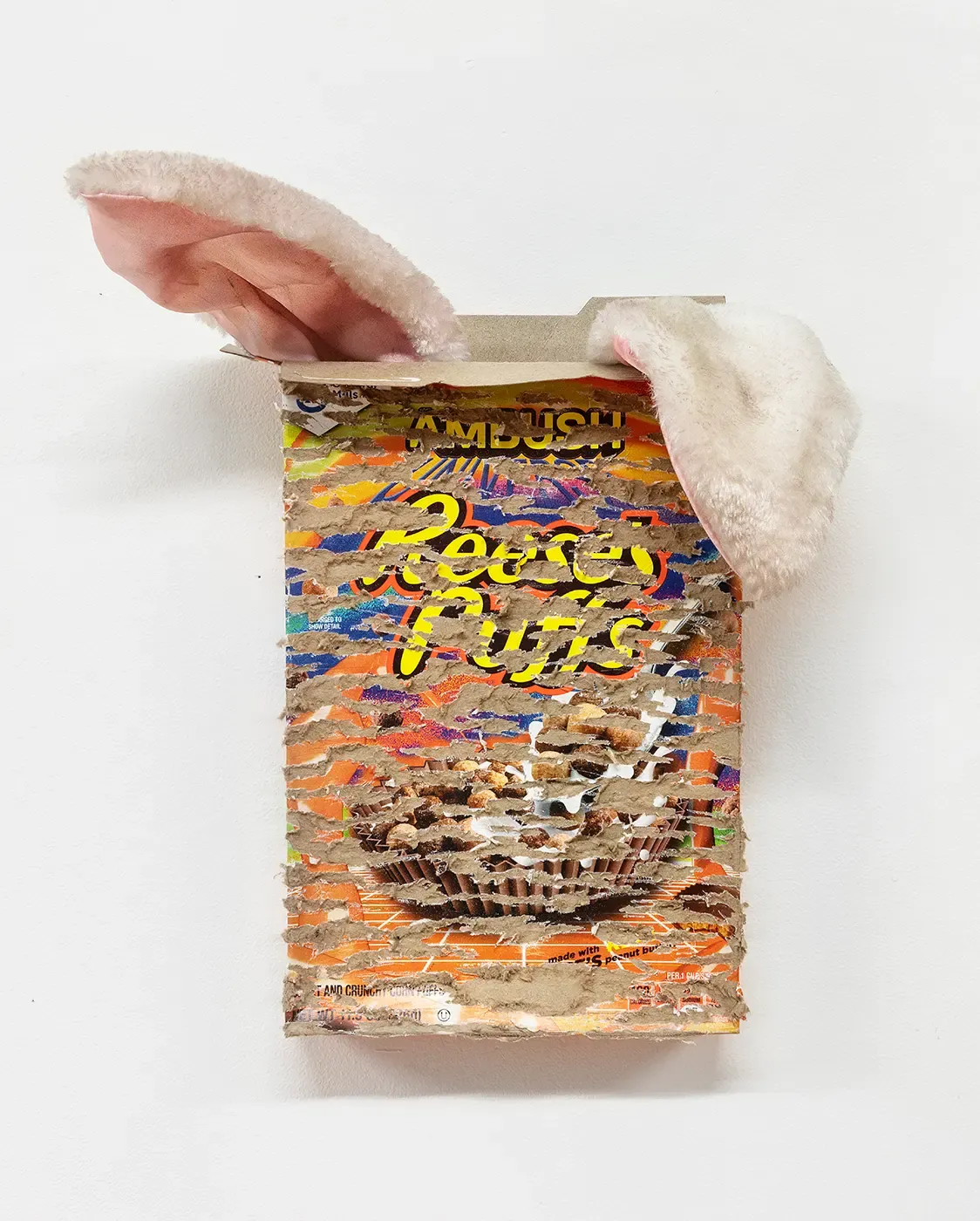
Through a detailed analysis of Pérez's artistic journey, the blog highlights his distinctive style and the techniques he employs to convey complex stories and emotions.
The post also features insights into his creative process and the thematic concerns that drive his work, offering readers a comprehensive understanding of his contributions to contemporary art.
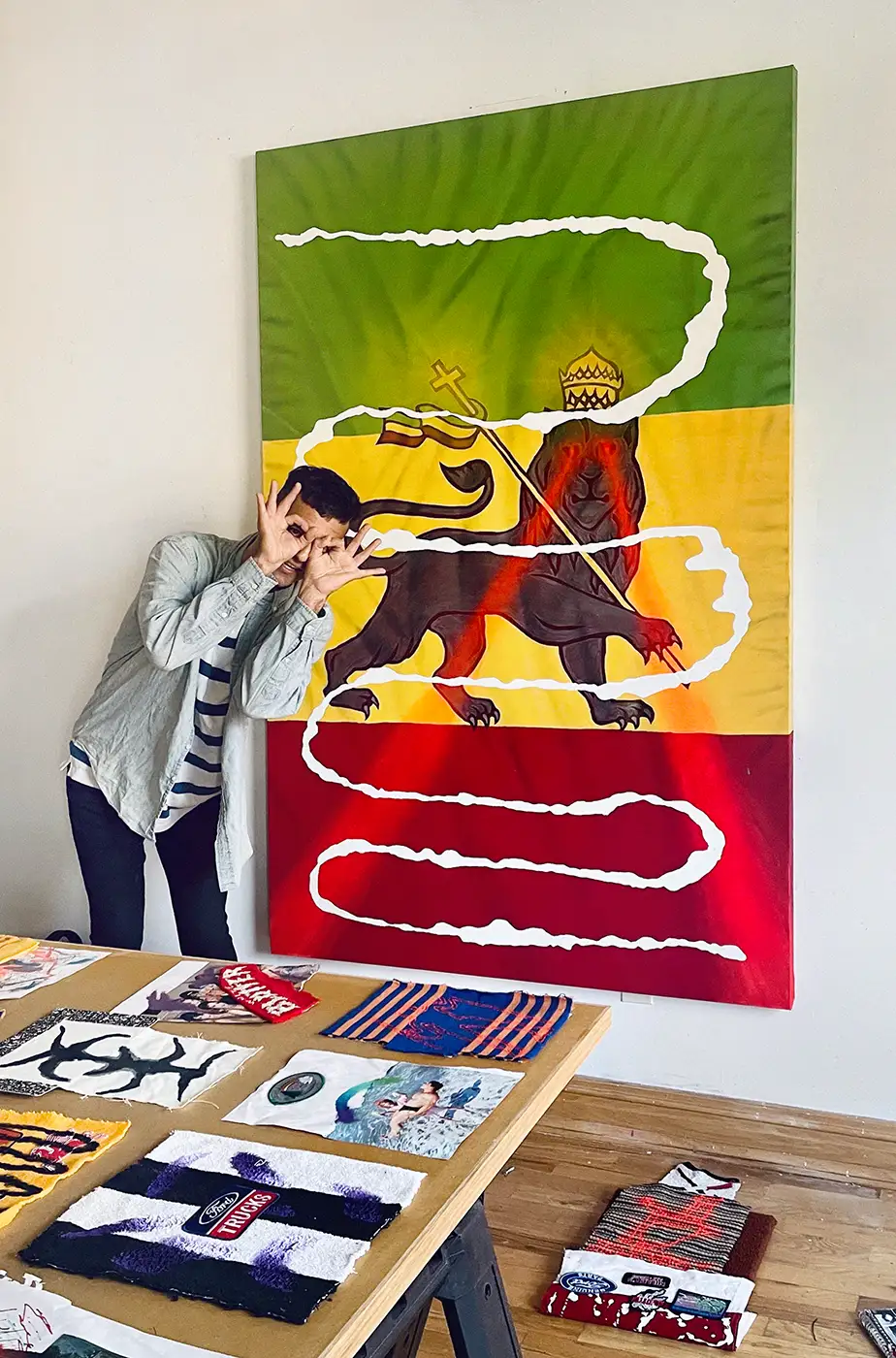
Carlos Charlie Perez promising Artist -> Dive deeper into his work
To learn more about Carlos Charlie Pérez and view his impressive portfolio, visit the full article here.
Instagram Profil: Carlos Charlie Perez
3 . Wolfgang Saker: Cyberpunk meets contemporary art
Discover Wolfgang Saker, a visionary artist reshaping contemporary art with his innovative digital and computer-based techniques.
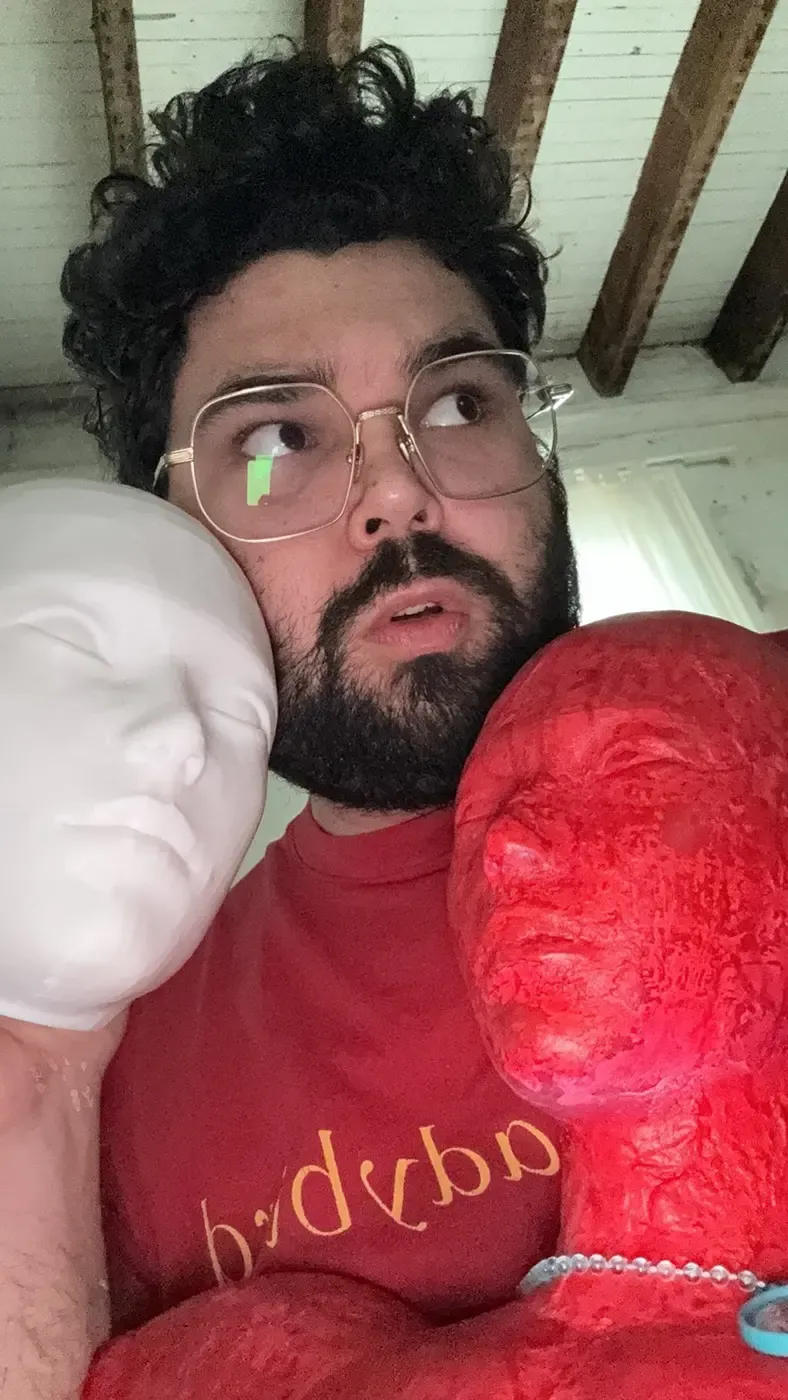
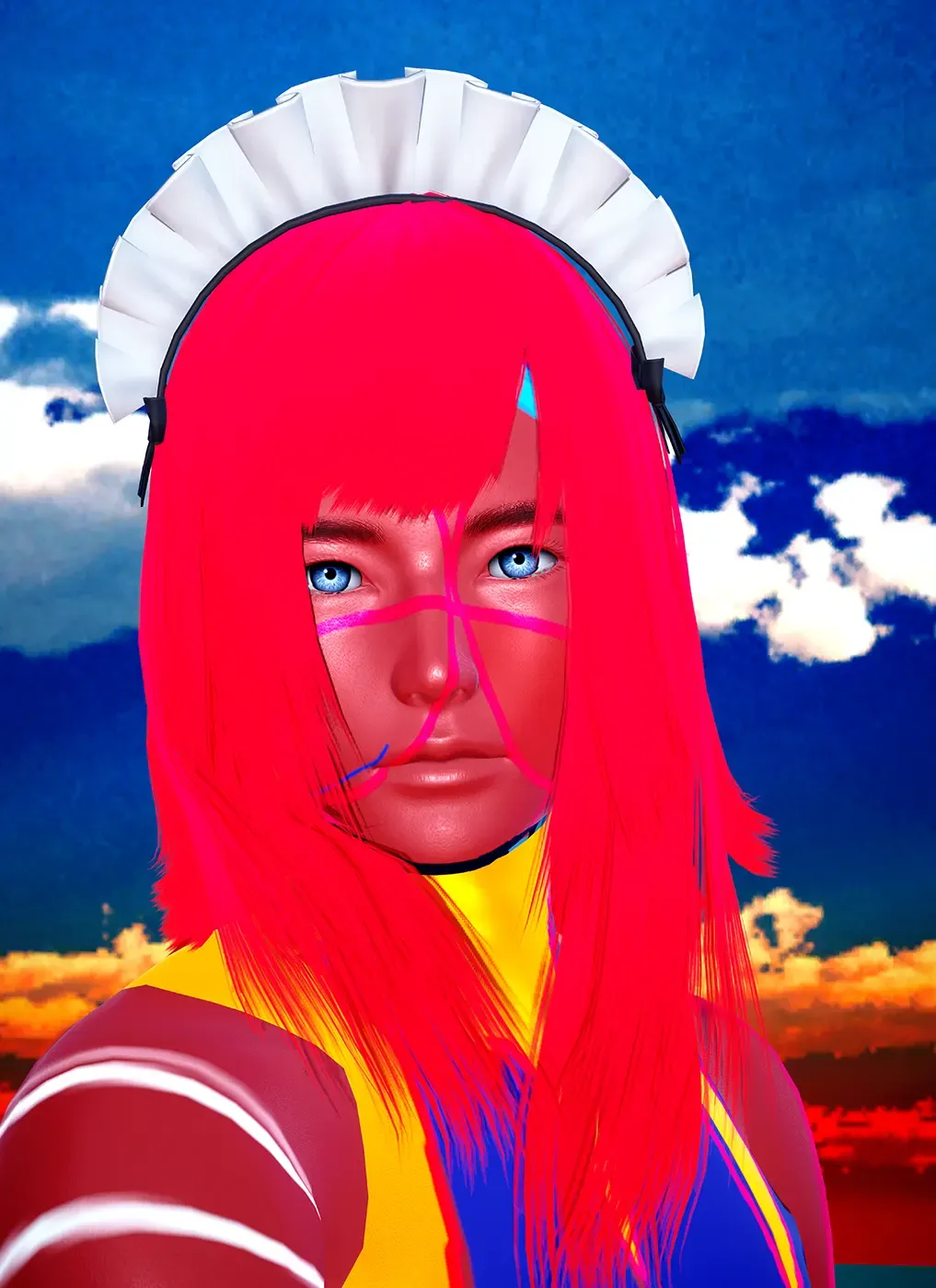
Wolfgang Saker: A Promising Digital Artist Making Waves in the Online Art World | Image Courtesy of the Artist
His work seamlessly fuses traditional art forms with modern technology, creating dynamic visual narratives that challenge and captivate.
Saker’s approach, characterized by vibrant colors and intricate patterns, explores themes of identity and digital culture, making him a compelling figure in the art world.
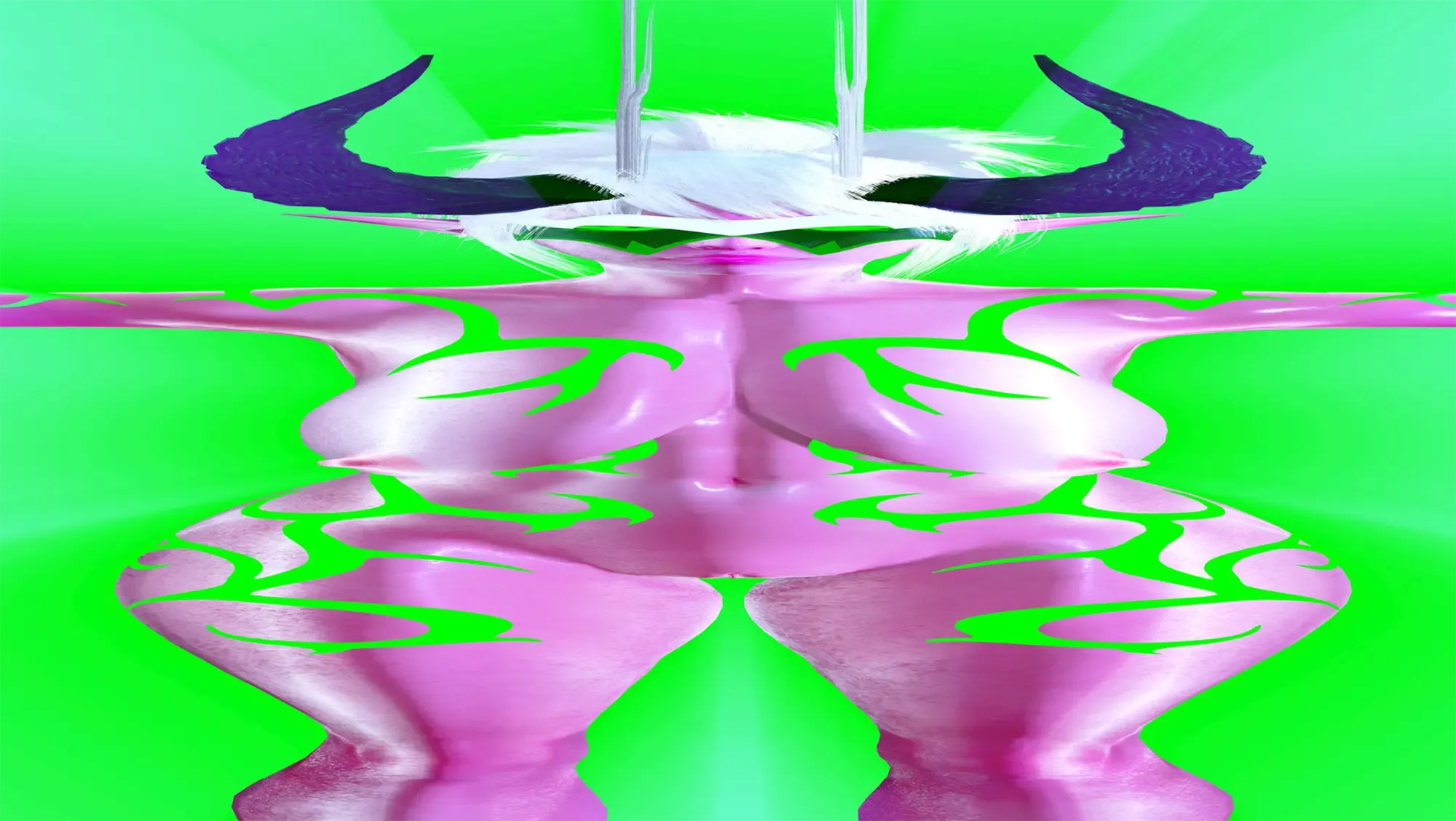
Follow Wolfgang Saker on Instagram to witness his cutting-edge creations and stay updated on his latest projects.
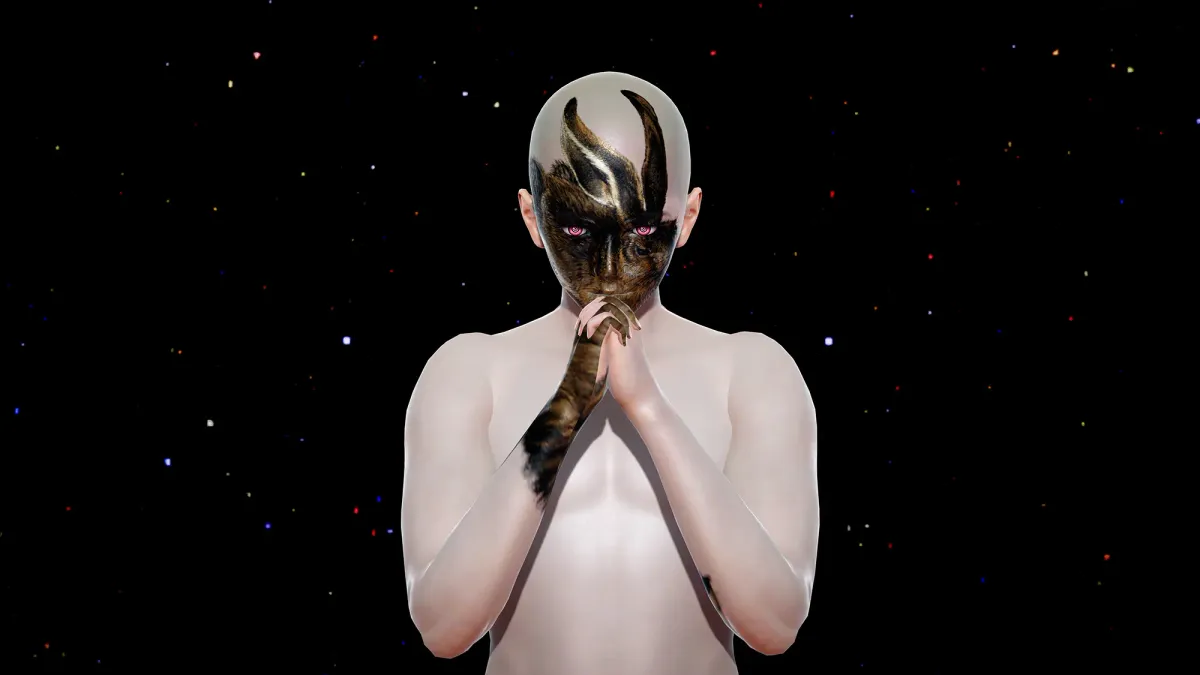
Learn more about Wolfgang Saker: Discover Surrealim meets Cyberpunk in contemporary art
Expand your artistic horizons with this rising star in contemporary art.
Every week, we select a follower to feature on Munchies Art Club Magazine. Secure your spot by commenting, tagging, and following us to get recognized. Be part of the conversation and get noticed.
Our top 3 from last week:

Yuma Radne, Camille Theodot and Martin Paanksen
Be a part of it—get the next top 3 contemporary artists delivered straight to your inbox.

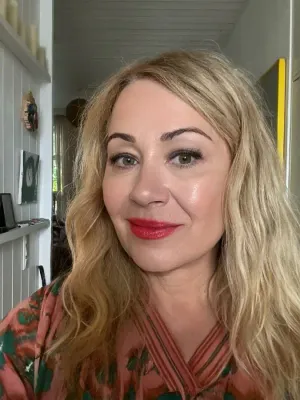
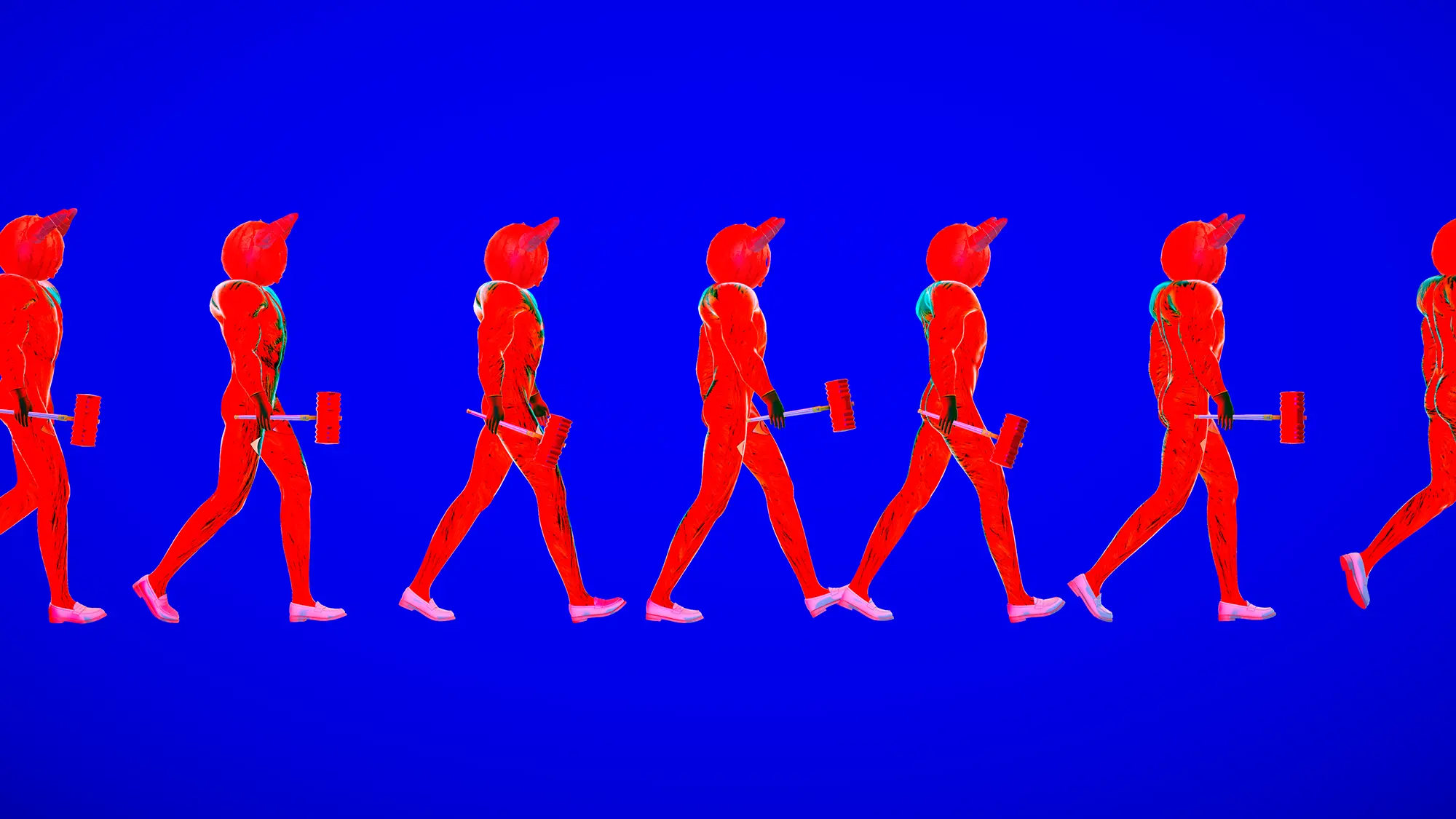

Member discussion